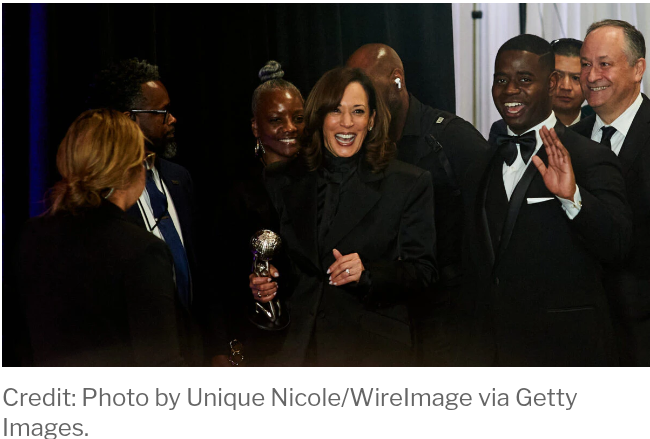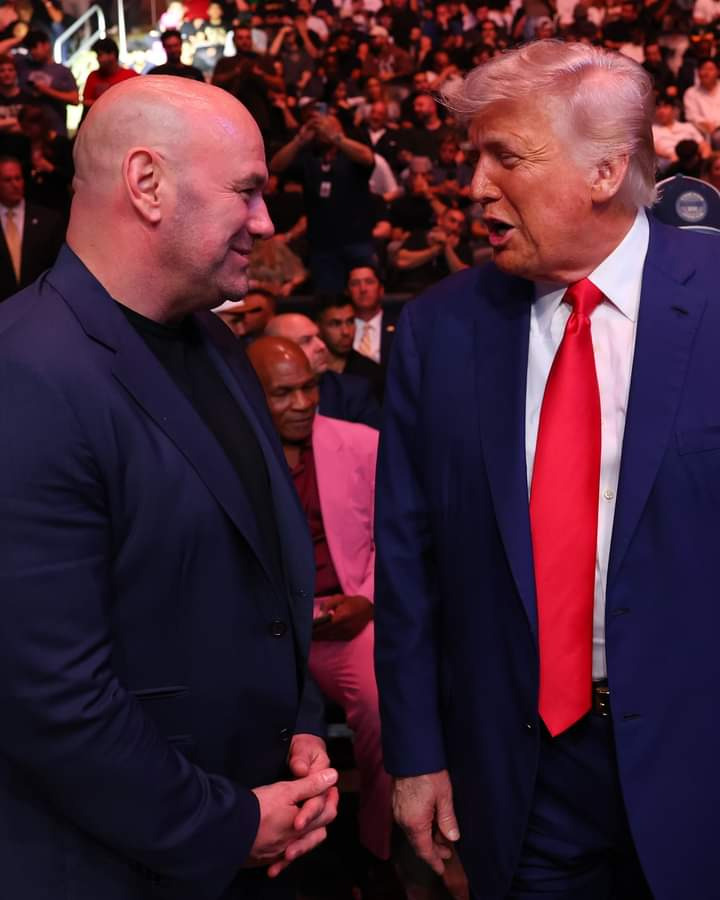The recent removal of several historical portraits, including those of Winston Churchill, from the Houses of Parliament has sparked significant attention. This decision followed Labour’s electoral triumph last summer, marking a shift in the political landscape. Churchill, often celebrated as one of Britain’s most iconic leaders, has long been a symbol of resilience and wartime leadership. However, his legacy, like that of many historical figures, is complex and subject to reinterpretation. The removal of his images from parts of the parliamentary estate reflects a broader conversation about how history is remembered and represented in public spaces.
Alongside Churchill, portraits of other notable British figures, such as the Duke of Wellington, have also been taken down. These changes suggest a deliberate effort to reassess the narratives that dominate the halls of power. The Duke of Wellington, renowned for his military achievements, is another figure whose legacy is intertwined with Britain’s imperial past. The decision to remove these images underscores a growing willingness to critically examine the stories and values that have traditionally been celebrated in national institutions. This move is not merely about erasing history but about fostering a more inclusive and nuanced understanding of the past.
The timing of these removals, coming shortly after Labour’s election victory, has led to speculation about the motivations behind the decision. Some view it as a symbolic gesture, aligning with the party’s progressive values and commitment to addressing historical injustices. Others, however, see it as a controversial step that risks overshadowing the contributions of these figures to British history. Regardless of perspective, the action has ignited a broader debate about how societies should honor their historical figures in an era of evolving cultural and political values.
Critics of the decision argue that removing these portraits diminishes the importance of understanding history in all its complexity. They contend that figures like Churchill and the Duke of Wellington should be remembered not as flawless heroes but as individuals whose actions and decisions were shaped by their times. By keeping their images in public view, they argue, we are reminded of the need to critically engage with history rather than simply celebrate or condemn it. This perspective emphasizes the value of historical context in shaping a more informed and reflective society.
On the other hand, supporters of the removals argue that public spaces should reflect the values and aspirations of the present. They believe that the continued display of certain historical figures without acknowledging their controversial legacies can perpetuate outdated narratives. For them, the decision to remove these portraits is a step toward creating a more inclusive environment that acknowledges the diverse experiences and perspectives of all citizens. This approach highlights the ongoing tension between preserving history and reimagining it in ways that resonate with contemporary ideals. Ultimately, the debate over these portraits is a microcosm of larger conversations about identity, memory, and the role of history in shaping the future.






